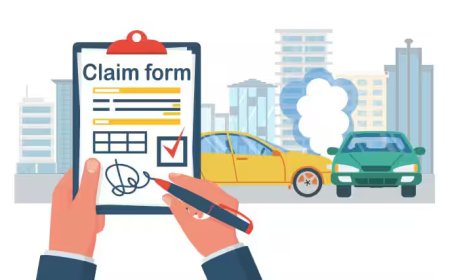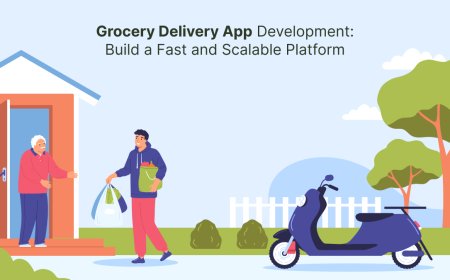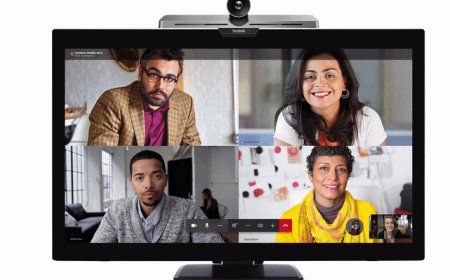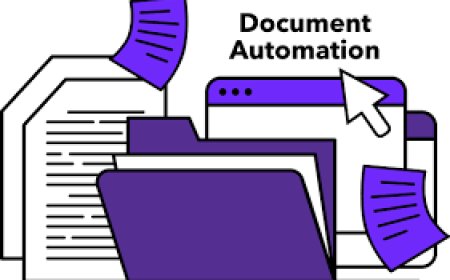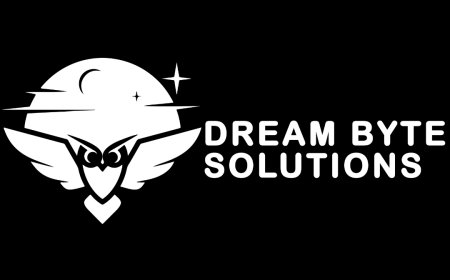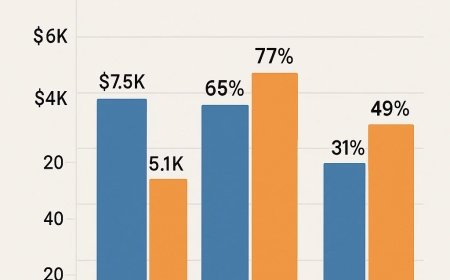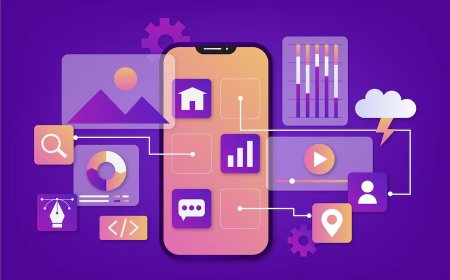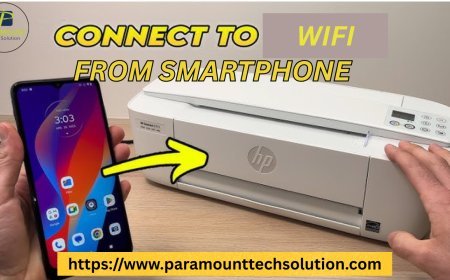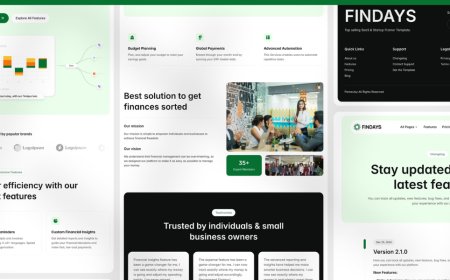How to Monetize Your Mobile App Effectively
Learn how to monetize your mobile app with proven strategies, real-world examples, and insights from C-level experts.
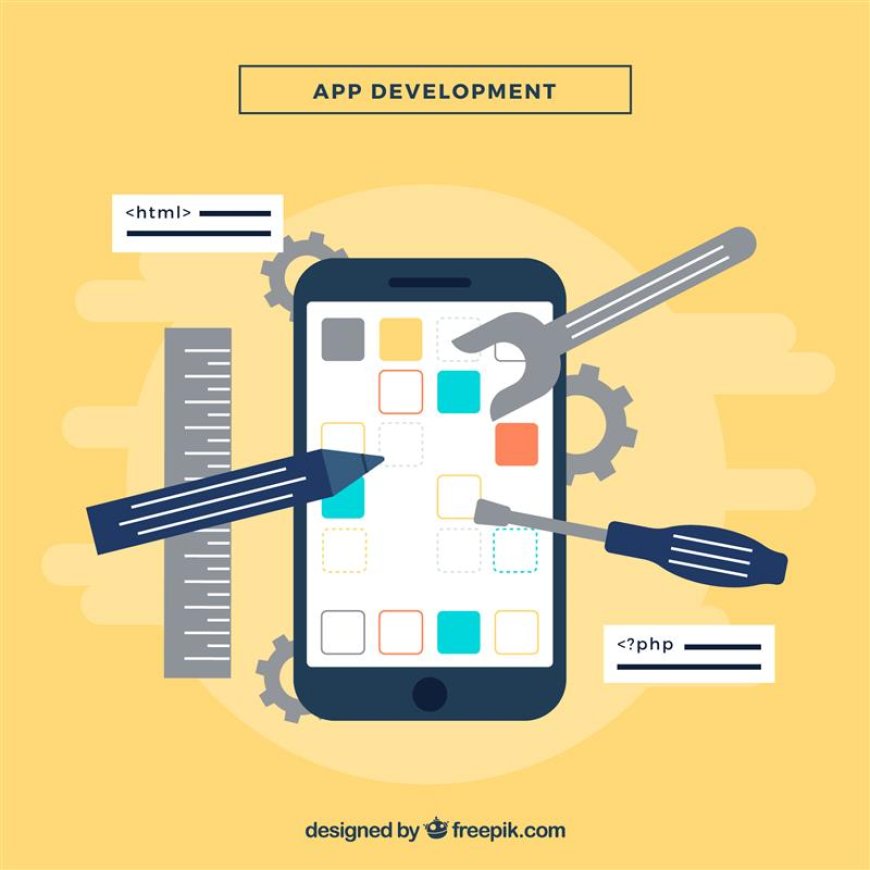
Youve invested time, money, and expertise in mobile app development. The UI is sleek. The features work flawlessly. Early users loved it. But theres one critical question still unanswered: How will it make money?
In my experience working with product teams at Softura, monetization isnt just a pricing decision. Its a product strategy. And for many apps, it's the difference between surviving and scaling.
This guide explores effective, practical monetization strategies based on what we've learned from building and growing apps, from MVP to profitability. We'll break down the options, real-world examples, metrics that matter, and the most common mistakes app creators make.
Why Monetization Strategy Should Start in the Development Phase
One of the biggest mistakes I see in mobile app development is treating monetization like a post-launch add-on. When monetization isn't considered from the beginning, it can feel awkwardly tackled, often clashing with the overall user's flow and product value.
Good monetization aligns with user behavior.
-
Does your app solve everyday problems? Consider subscriptions.
-
Is it content-based? Think of in-app purchases or ads.
-
Does it offer exclusive tools? Explore freemium models.
Planning early allows you to:
-
Design UX that naturally supports monetization
-
Choose the right tech stack for your revenue model
-
Build a conversion-friendly onboarding experience
Top Mobile App Monetization Strategies
In-App Advertising
Ads can be an easy way to earn money, especially for free apps. But poorly implemented ads kill engagement.
Types of Ads:
-
Banner Ads: Simple, always visible, low payout
-
Interstitial Ads: Full screen, best placed during transitions
-
Rewarded Video Ads: High user acceptance, users opt in for perks
-
Native Ads: Seamlessly integrated into UI
Best Practices:
-
Avoid ad overload
-
Segment users and personalize ad content
-
Use A/B testing to optimize placements
Real Example: A casual gaming app we worked on increased revenue by 35% after switching to rewarding video ads with frequency capping.
Freemium Model with In-App Purchases (IAPs)
This model is hugely popular because it lowers the entry barrier while creating opportunities for monetization.
What Works Well:
-
Upgrades to remove ads
-
Premium content access
-
Tools or features for power users
Tips:
-
Offer real value in the free version
-
Make purchases optional, not necessary
-
Use subtle, context-aware UI nudgeslike tooltips, smart banners, or upgrade ribbonsto gently guide users toward premium features at the moments theyre most likely to appreciate the added value
Subscription-Based Monetization
Subscription revenue has exploded in fitness, wellness, learning, and media apps.
Why It Works:
-
Predictable revenue stream
-
Stronger retention due to ongoing value
-
Better alignment with service-based offerings
Execution Advice:
-
Include multiple tiers
-
Offer a limited-time discount for new subscribers
-
Highlight the recurring benefits of staying subscribed
Pay-to-Download (Premium Model)
This model works well for:
-
Highly specialized apps
-
B2B tools
-
Niche audiences
Challenges:
-
Users are hesitant to pay upfront
-
Discovery is harder without free exposure
Workaround: Provide demos or lite versions to let users test the core experience.
Sponsorships & Affiliate Marketing
This model thrives when youve built a tight community or audience around your app.
Tactics:
-
Include sponsored content or brand placements
-
Promote tailored deals or affiliate partnerships through referral links and co-branded content to drive conversions while expanding audience reach
Case Study: A travel planner app we worked on earned significant passive revenue by integrating hotel booking APIs and earning a commission per transaction.
Bonus Monetization Strategies You Might Be Overlooking
Crowdfunding Your App
Platforms like Kickstarter let you pitch your vision, raise money, and validate demand. Running a focused pre-launch campaign not only helps you gain early traction but also provides valuable insights to refine your monetization strategy before full rollout.
White Labeling Your Solution
If your app structure has broad utility (e.g., fitness tracking, habit formation), consider licensing it to other brands.
Data Monetization
When done ethically and transparently, user behavior data can generate insights for research or industry reports. Always seek informed consent.
Hybrid Models
Many successful apps combine revenue streamsfor example, ads for free users and subscriptions for premium users.
Building Monetization into Your Apps DNA
To succeed with monetization, integrate it into your:
-
Onboarding: Show value early. Make it clear what users get for free and what more they can unlock.
-
Feature Architecture: Dont just bolt on premium features. Build a roadmap that lets value unfold gradually.
-
User Journey: Identify moments when users are most engaged and open to purchasing or upgrading.
Monetization KPIs That Matter Most (Bullet Format)
-
ARPU (Average Revenue Per User): Indicates the average revenue you earn from each active useressential for gauging financial health at scale. A low ARPU might suggest your monetization model isnt effectively aligned with user behavior or app engagement. Indicates the average revenue you earn from each active useressential for gauging financial health at scale
-
LTV (Lifetime Value): Measures the projected total revenue a user will generate over their entire engagement with your appan essential metric for long-term growth planning
-
Churn Rate: Number of users leaving after signup
-
Conversion Rate (Free to Paid): How well you upgrade users
-
eCPM (Effective Cost Per Mille): Calculates advertising revenue generated per 1,000 impressionskey for understanding ad performance
-
Ad Fill Rate: Shows the percentage of ad requests fulfilled by your networka lower rate may indicate issues with targeting, inventory, or ad format alignment. Improving fill rate often means working with multiple ad networks or optimizing request timing. Shows the percentage of ad requests fulfilled by your networka lower rate may indicate issues with targeting, inventory, or ad format alignment
Common Mistakes to Avoid (Bullet Format)
-
Prioritizing revenue over user experience
-
Bombarding users with ads early on
-
Ignoring competitor pricing benchmarks
-
Relying on one monetization channel only
-
Neglecting analytics for optimization
C-Level Insight: Monetization Is a Long Game
Monetization isn't a one-time switch. It's iterative.
"You monetize what users value. If you dont know what that is yet, keep listening." CPO, SaaS Platform Client
At Softura, we emphasize learning loops: develop, test, measure, repeat. We look beyond the first purchaseour goal is long-term engagement and profitability.
How Softura Helps Clients Monetize More Effectively
We treat monetization like any other core featureessential, user-driven, and iterative.
Heres how we help:
-
Lead collaborative discovery sessions to align monetization models with your apps core audience, goals, and engagement trends
-
Build adaptable pricing structures into the backend
-
Integrate analytics and BI tools to monitor ROI
-
Customize features for A/B testing revenue models
With every app, our goal is simple: sustainable monetization without sacrificing user trust.
Conclusion : Revenue Follows Relevance
Monetization isnt about tricking usersits about delivering enough value so that payment feels natural.
Whether youre building a lifestyle app, a B2B tool, or a content platform, the right model supports growth, not just profit.
Looking to monetize your mobile app development investment? Let Softura help you build smarterfrom concept to conversion.








&srotate=0)



